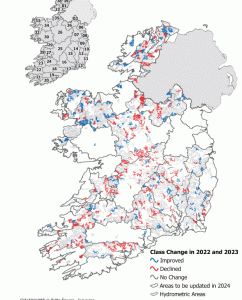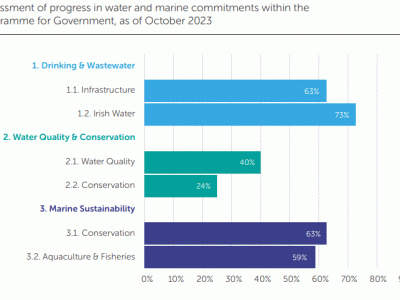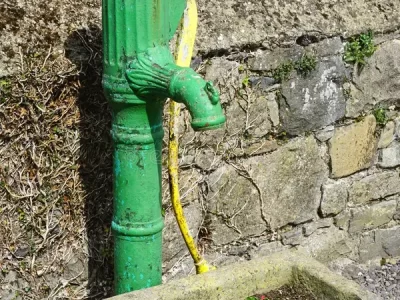The Water Quality Indictors Report uses monitoring data collected to assess water quality and ecological status in rivers, lakes, estuaries, transitional and coastal waters and groundwaters.
Of the 1,459 river water bodies monitored in 2022 and 2023 there has been a further small net decline in biological quality of 45, with the number of declines (232) exceeding the number of improvements (187).
There has been a slight decline in the proportion of lakes with satisfactory (high and good) biological quality, driven by a reduction in the number of lakes with high biological quality.
Just 15pc of water bodies have water rated high quality, while about 45pc are below standard, rated moderate, poor or bad. Four rivers and 11 lakes are rated bad, which means they are ecological disaster zones.
The biggest issue is pollution by nitrates and phosphorus, the former mainly from chemical fertilisers and farm animals and the latter from both human and industrial wastewater and fertiliser runoff on poorly draining soils.
“When too many nutrients enter our waters, they cause an overgrowth of plants and algae, the EPA said. Excessive plant growth uses up oxygen and harms other aquatic life such as macroinvertebrates and fish in a process known as eutrophication” .
Elevated phosphorus is a particular concern for the ecological health of rivers and lakes, while elevated levels of nitrogen are more of a concern for estuaries and coastal areas.
The EPA stated that “More and speedier action needs to be taken to protect water resources”.
EPA-Water-Quality-Indicator-Report-2023-web-11June2024.pdf
Map shows water body declines in red and improvements in blue and no change in grey.




